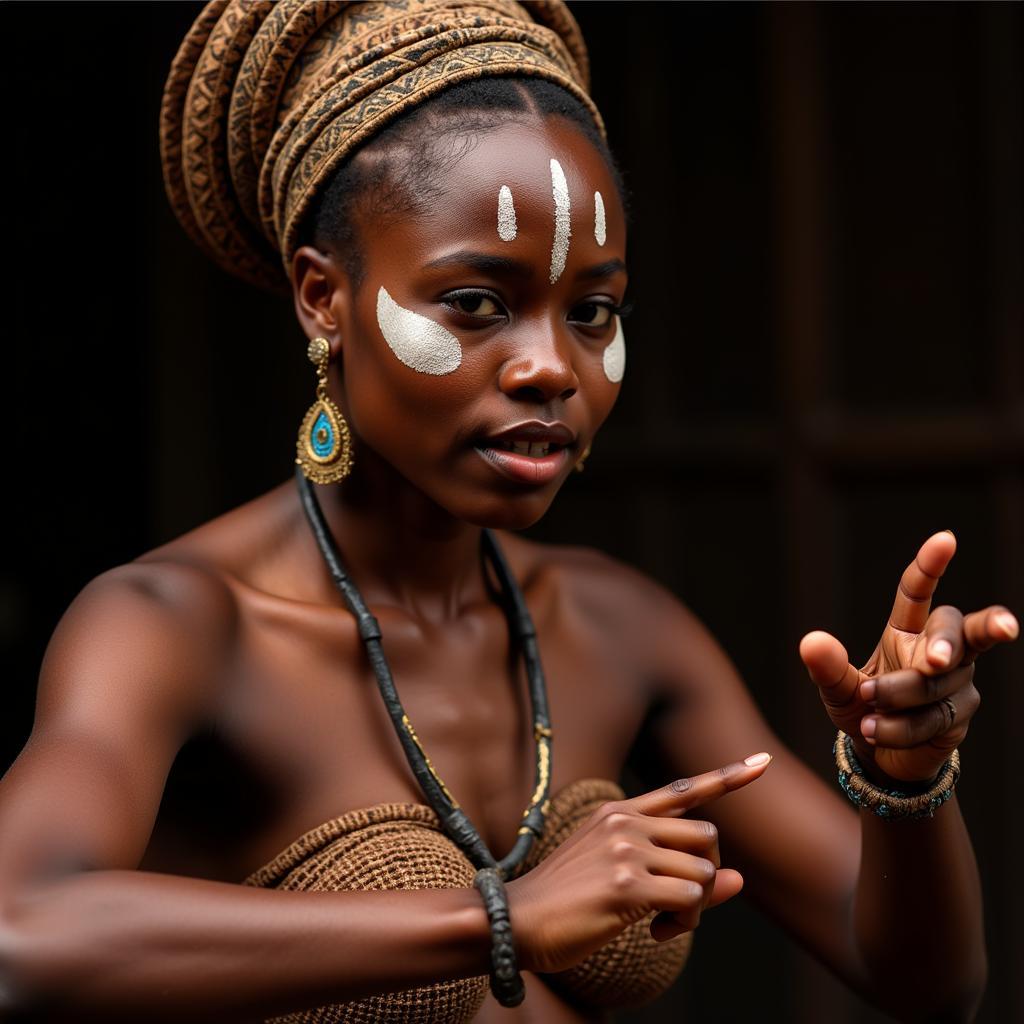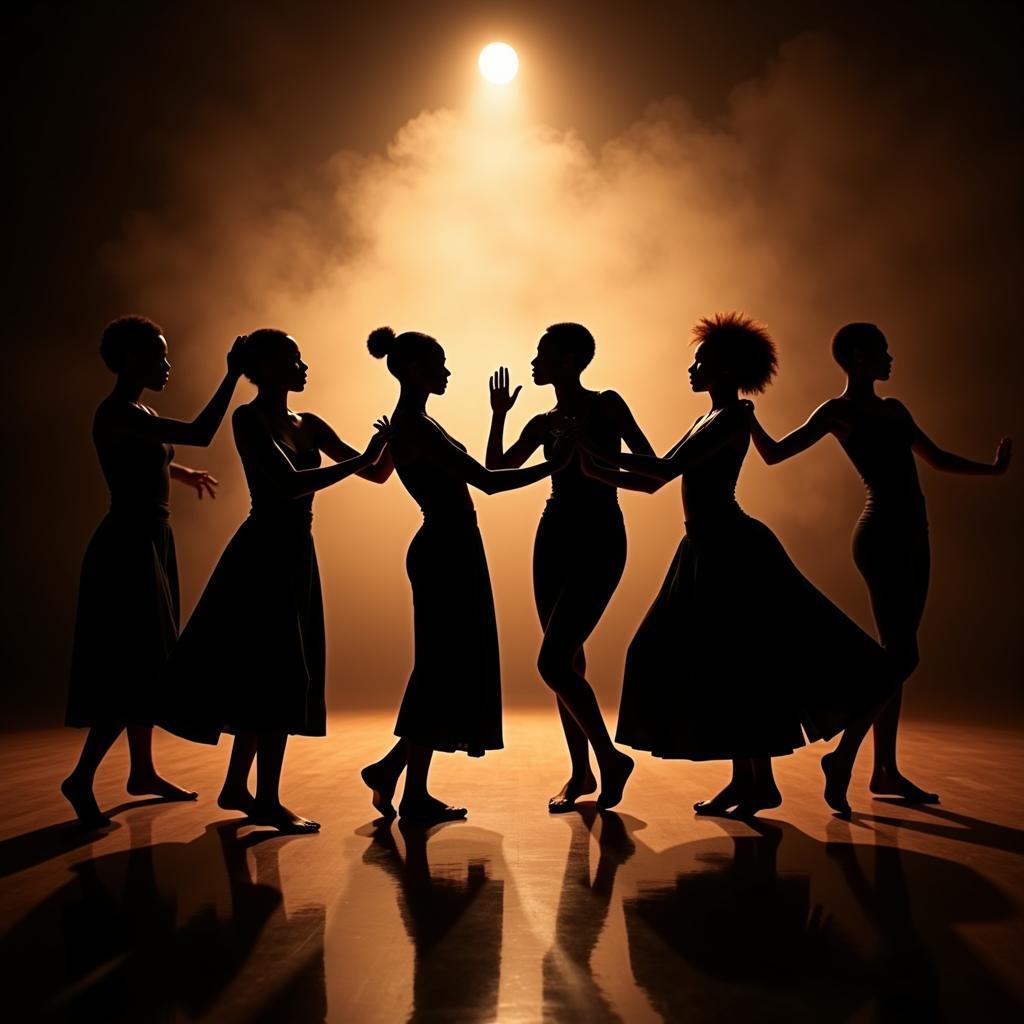The Allure of African Ladies Dance: Rhythms of Culture and Tradition
From the dusty plains of the savanna to the vibrant streets of bustling cities, dance in Africa is more than just movement; it’s a powerful expression of life, heritage, and community. African Ladies Dance, in particular, captivates with its diverse forms and the captivating stories woven into every step, gesture, and rhythm.
A Tapestry of Tradition: Exploring Diverse Dance Forms
Across the vast continent of Africa, a myriad of dance styles has evolved, each telling a unique story. These dances are often deeply rooted in tradition, reflecting the history, spirituality, and social fabric of different cultures.
Celebrating Life’s Milestones with Dance
For centuries, African ladies dance has played an integral role in marking significant life events. From coming-of-age ceremonies to weddings and harvests, dance provides a vibrant backdrop to celebrate these milestones. In many cultures, young girls learn traditional dances from their mothers and grandmothers, ensuring the preservation of these rich art forms for generations to come.
The Language of Gesture: Beyond the Steps
What makes African ladies dance truly captivating is the intricate language of gesture and expression that accompanies the movement. A simple tilt of the head, a graceful sweep of the arm, or the focused intensity of the eyes can convey a world of emotion, adding layers of meaning to the performance.
 Close-Up of an African Dancer with Intricate Headwear
Close-Up of an African Dancer with Intricate Headwear
Rhythm and Soul: The Music That Moves Them
Just as diverse as the dance styles themselves is the music that accompanies African ladies dance. From the pulsating rhythms of the djembe drum to the melodious tunes of stringed instruments, the music infuses the dance with its energy and soul. The interplay between dancers and musicians creates a dynamic and captivating spectacle.
Modern Expressions: African Ladies Dance in the 21st Century
While deeply rooted in tradition, African ladies dance is not static. Today, contemporary choreographers and dancers are fusing traditional movements with modern influences, exploring new ways to express the African experience through dance. This exciting evolution ensures that African ladies dance remains a vibrant and relevant art form for modern audiences.
 Silhouetted Figures of Dancers in a Modern African Dance Performance
Silhouetted Figures of Dancers in a Modern African Dance Performance
Experiencing the Magic of African Ladies Dance
The beauty of African ladies dance lies in its ability to transcend cultural boundaries and connect with audiences on a deeply human level. Whether you’re a seasoned dance enthusiast or simply looking for a captivating cultural experience, witnessing the grace, power, and artistry of African ladies dance is an unforgettable journey into the heart of Africa.
FAQs About African Ladies Dance
What are some of the most well-known African ladies dance styles?
Some of the most famous include the Gnawa dance from Morocco, the Eskista dance from Ethiopia, and the Indlamu dance from Zulu culture in South Africa.
What is the significance of costumes in African ladies dance?
Costumes play a vital role, often representing the cultural identity of the dancers and enhancing the visual storytelling of the performance.
Are there opportunities to learn African ladies dance?
Yes, many dance schools and cultural centers around the world offer classes in various African dance styles.
Need More Information on African Culture?
Explore our related articles:
Contact us:
For inquiries and assistance, reach out to our team at:
Phone: +255768904061
Email: [email protected]
Address: Mbarali DC Mawindi, Kangaga, Tanzania.
We are available 24/7 to assist you.
